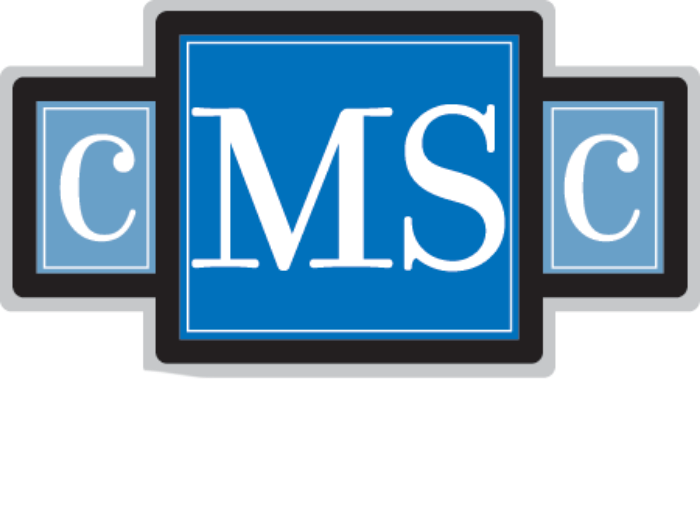Practice Points
- Apathy is already present in many patients
within the first years after their diagnosis with relapsing-remitting multiple sclerosis (MS). - Apathy correlates with depressive symptoms, lower quality of life, and worse executive function.
- Routine assessment of apathy should be integrated into the evaluation of patients recently diagnosed with MS.
Apathy is a behavioral and psychological syndrome characterized by a lack of motivation that impacts cognitive, emotional, or behavioral domains.1,2 Apathy is defined as a quantitative reduction of goal-directed activity compared with previous functioning that persists for a minimum of 4 weeks and affects at least 2 of the dimensions of behavior, cognition, emotionality, and social interaction.2 This decline in initiative or interest in usual activities and emotional expression or responsiveness may cause clinically significant functional impairments that cannot be fully explained by other factors, such as physical disability, diminished consciousness, substance effects, and major changes in the patients’ environment.2
Apathy is recognized as a neuropsychiatric manifestation of many neurological disorders, including Parkinson disease, Alzheimer disease, frontotemporal dementia, Huntington disease, cerebrovascular disease, and mild cognitive impairment.3,4 This disabling symptom is also being increasingly recognized in patients with multiple sclerosis (MS), with an estimated prevalence of 19% to 43%.5-13 Some studies in MS have also identified a correlation between apathy and cognitive dysfunction, particularly in executive functions, with apathy severity being a predictor of cognitive dysfunction at follow-up.8,14-17
Despite these findings, apathy is still not part of the routine clinical assessment of people with MS, and its impact on patients’ lives is probably being underestimated. Additionally, studies evaluating apathy in the early stages of MS are lacking in the literature, and its prevalence in these initial phases is still underinvestigated. Thus, this study aims to evaluate the prevalence of apathy in people in the early phase of relapsing-remitting MS (RRMS). The association between apathy and clinical characteristics, cognitive functions, neuropsychiatric symptoms, and quality of life will also be assessed.
Methods
Participants
This study included a group of people aged 18 to 49 years with RRMS, as defined by the 2017 McDonald Criteria,18 with a disease duration of less than 5 years, who were followed in a neuroimmunology outpatient clinic of a tertiary center. Exclusion criteria included a diagnosis of progressive forms of MS, individuals under 18 or over 50 years of age, steroid treatment in the 4 weeks before the evaluation, a history of severe mental disorder (eg, major depression, psychosis, or schizoaffective disorder), other neurological conditions adversely affecting cognitive functions (eg, dementia, severe traumatic brain injury, stroke), and a history of substance abuse. Healthy controls (HCs) matched to patient demographics, including age, sex, and years of education, were also recruited. The protocol of the research project was approved by the ethics committee of our institution (Comissão de Ética do Hospital da Luz), and it conforms to the provisions of the Declaration of Helsinki. Written informed consent was obtained from all participants prior to assessments.
Assessments
Clinical Evaluation
All participants underwent a clinical evaluation, including a full medical history and a complete neurological examination. Data collection included demographic variables such as age, sex, and years of education, as well as disease-specific information, including duration of MS, age at MS diagnosis, history of MS relapses, and current pharmacological treatment. Physical disability was assessed using the Expanded Disability Status Scale (EDSS).19
Apathy Assessment
Apathy was assessed through a clinical interview using the Apathy Evaluation Scale, Clinician Version (AES-C).1 This 18-item clinician-administered scale assesses various aspects of affective, behavioral, and cognitive apathy during the preceding 4 weeks. Each item has 4 possible answers rated from 0, not at all true, to 4, very true, with a total score ranging from 18 to 72. Higher scores indicate more severe apathetic symptoms. Scoring guidelines provided by the original author are based on a clinician’s best judgment of the subject’s thoughts, feelings, and actions, evaluating both verbal and nonverbal data. The AES-C has been validated for the Portuguese population with defined cutoff points.20 In this study, participants with AES-C scores higher than the cutoff scores adjusted for educational level were categorized as apathetic.
Cognitive Evaluation
A comprehensive formal neuropsychological assessment was performed by 2 trained neuropsychologists (CC and DS) with the following battery of tests: Montreal Cognitive Assessment,21 a screening tool for global cognitive functioning; California Verbal Learning test22 for verbal learning and memory; Controlled Oral Word Association Test23 for verbal fluency; Digit Span Test Forward and Digit Span Test Backward24 for immediate attention and working memory; Rey-Osterrieth complex Figure Test25 for visuo-constructional ability, planning, and spatial orientation; Stroop Color-Word Interference test26 for flexibility and inhibitory control; Symbol Digit Modalities Test (SDMT)27 for information processing speed and attention; Trail Making test Parts A (TMT-A) and B (TMT-B)28 for attention, information processing speed, and set-shifting ability; Wisconsin Card Sorting Test (WCST)29 for abstract reasoning, monitoring, and cognitive flexibility; and Judgment of Line Orientation test30 for visuospatial perception.
Depression, Anxiety, Fatigue, and Quality-of-Life Assessment
Severity of depressive symptoms and anxiety were evaluated by the Patient Health Questionnaire (PHQ-9)31 and the General Anxiety Disorder Assessment (GAD-7),32 respectively. Fatigue was evaluated using the Modified Fatigue Impact Scale (MFIS)33 and quality of life was assessed with the 12-Item Short Form Survey (SF-12).34
Data Analysis
Descriptive statistics were utilized to present absolute and relative frequencies for categorical variables, while continuous variables were summarized using mean with SD or medians, as appropriate. Group comparisons were conducted using an independent-samples t test, Mann-Whitney U test, and χ2 test, depending on the variable type. Correlational analysis was performed using Spearman correlation and 2-tailed Pearson correlation to examine the relationship between apathy and clinical characteristics, cognition, mood disorders, fatigue, or quality of life. Variables found to be significant in the univariate analysis were selected for inclusion in a multivariate logistic regression model to identify predictors of apathy. All reported P values were 2-sided, and statistical significance was considered for values less than .05.
Results
In total, 38 people with MS and 38 matched HCs were included in the study. Table 1 presents participant demographic and clinical data. People with MS had a mean disease duration of 1.9±1.3 years and a median EDSS score of 1.8.
We found a prevalence of apathy in people with MS of 42.1% (n = 16); they had a statistically significant higher score on the AES-C than controls (30 ± 9.69 vs 25.13 ± 5.43; P = .009). Apathy with no significant depressive symptoms associated, or pure apathy, was present in 43.8% (n = 7) of patients with apathy.
Table 2 shows the correlations between AES-C scores and disease characteristics, neuropsychiatric symptoms, and cognitive functions of people with MS.
In the correlation analysis, AES-C scores exhibited negative correlations with SF-12 scores (r = –0.47; P = .003), SF-12 mental scores (r = –0.61; P<.001), age (r = –0.45; P = .004), and age at diagnosis (r = –0.47; P = .003). Positive correlations were observed between AES-C scores and PHQ-9 scores (r = 0.55; P<.001), GAD-7 scores (r = 0.63; P<.001), MFIS total scores (r = 0.43; P = .007), MFIS cognitive scores (r = 0.47; P = .003), and MFIS social scores (r = 0.43; P = .008). No significant correlations were found between apathy and years of education, disease duration, or physical disability.
For cognitive functions, a correlation was found between apathy and performance on the TMT-A (r = 0.33; P = .042) and the SDMT (r = –0.34; P = .036).
In the multivariate analysis, PHQ-9 scores (OR, 4.05; 95% CI, 1.22-13.5; P = .023), SF-12 total scores (OR, 1.7; 95% CI, 1.08-2.64; P = .021), SF-12-mental scores (OR, 0.603; 95% CI, 0.39-0.93; P = .022), and TMT-A scores (OR, 1.139; 95% CI, 1.02-1.27; P = .020) were independent predictors of apathy.
Discussion
In this study, we assessed the prevalence of apathy and the correlational and predictive relationship with clinical, neuropsychiatric, and cognitive measures in people with early RRMS. We found the overall prevalence of apathy was 42.1%, consistent with reported prevalence rates in other studies focusing on apathy in MS.5,7-10,12,13,16 To the best of our knowledge, this is the first study evaluating apathy prevalence in early RRMS, suggesting that it occurs early in the disease course in a substantial proportion of patients.
This study revealed a negative correlation between apathy and quality of life, with higher apathy scores associated with lower global and mental quality of life, as also reported in another study in MS.35 Additionally, we identified lower quality of life as an independent predictor of the presence of apathy, which underscores the impact apathy may exert on the lives of people with MS from the earlier stages of the disease.
We also identified a correlation between apathy and depressive symptoms, consistent with other studies,7,13 and depressive symptoms were an independent predictor of apathy.
Although apathy and depression symptoms may overlap, many patients present with pure apathy, as did 43.8% of our population. This supports the findings that apathy can manifest independently of depression, as previously reported.5,6,8,9,17
While symptoms such as loss of interest, lack of initiative, and social withdrawal may be present in both apathy and depression, distinctions exist. In depression, the loss of motivation is usually linked to feelings of hopelessness, sadness, and pessimism.17 Apathy is characterized by difficulties in planning and executing voluntary actions, resulting in decreased goal-oriented behavior in response to external stimuli. This differentiation underscores apathy as a distinct entity from depression, with different underlying pathophysiological mechanisms.17,36-38
Regarding cognitive functions, higher apathy scores correlated with worse performance in frontal lobe tests, namely TMT-A and SDMT, which evaluate attention, information processing speed, and set-shifting ability. Further, a higher TMT-A score emerged as an independent predictor of apathy. These results suggest an association between apathy and executive dysfunction, which has also been reported in other MS studies.8,16,17,39
Abnormalities in frontal-subcortical circuits are proposed to underlie both motor and cognitive impairments that result in apathy, suggesting that apathy might be a behavioral disorder associated with cognitive dysexecutive syndrome.40-42 Studies indicate that apathy may be associated with disruptions in the medial frontal cortex (including the anterior cingulate cortex and orbitofrontal cortex) and subcortical structures (such as the ventral striatum, medial thalamus, and ventral tegmental area).43,44 A recent study of MS13 identified microstructural damage within the frontal cortex, caudate nucleus, and frontostriatal white matter bundles as significant pathological substrates of apathy in MS.
We observed a significant correlation between apathy and fatigue, with elevated apathy scores being associated with higher levels of global, cognitive, and social fatigue. Previous research also reported an association between apathy and fatigue.7,13,45 In addition, our study identified a correlation between apathy and anxiety symptoms, as reported in another study in MS.13 However, apathy is an independent neuropsychiatric syndrome, distinct from depression, fatigue, and anxiety. The co-occurrence of these symptoms in some patients may be explained by overlapping aspects in their pathophysiology3,7,45; further research is needed to fully understand the pathophysiological mechanisms underlying their associations.
Anxiety, cognitive deficits, and apathy often present simultaneously in patients, frequently exacerbating each other and contributing to a complex clinical picture that is challenging to disentangle. Each condition may affect motivation and behavior through distinct mechanisms.
Anxiety disrupts motivation by reallocating cognitive resources to threat-related stimuli, thereby impairing the efficient functioning of the goal-directed attentional system.46,47 Cognitive processes such as attention, working memory, and decision-making are particularly susceptible to the effects of anxiety, leading to avoidance behaviors and a reduced capacity for effective planning and problem-solving.46
Cognitive deficits further exacerbate both anxiety and apathy by undermining executive functions critical for planning, problem-solving, and maintaining goal-oriented focus.48,49 Apathy, in turn, can reinforce cognitive deficits, as it is often associated with disruptions in executive functioning, as previously discussed.
This intricate interplay between anxiety, cognitive deficits, and apathy poses a significant challenge in understanding and addressing their combined impact on motivation and behavior. Effective intervention requires a comprehensive approach that accounts for their overlapping mechanisms and distinct manifestations.
We also observed a correlation between apathy and younger age, which has not been previously reported in the literature, although some studies in MS reported an association between apathy and longer disease duration.8,15 This study evaluated a population of younger people with MS with short disease durations and low physical disability, which may have revealed that a younger age at MS onset could be linked to higher levels of apathy.
Previous studies8,15 have reported an association between apathy and higher disability levels in MS patients. However, our study did not replicate this finding, likely due to the characteristics of our sample, where all patients exhibited low physical disability levels.
The strengths of our study include the comprehensive neuropsychological evaluation, the use of the clinician version of the apathy scale, and the assessment of multiple outcome measures, all of which provide a better understanding of the factors associated with apathy in MS.
The limitations were the relatively small sample size and a select population of young patients with low physical disability, which may limit the generalizability of our findings to all people with early MS. In addition, the study did not explore the relationship between apathy and
disease-modifying treatments; imaging correlates of apathy were also not assessed.
Recognition of apathy in clinical practice is crucial, as this neuropsychiatric symptom can significantly affect disease management. Apathetic individuals may not adhere to appointments, medication regimens, and treatment instructions, alongside a reduced willingness to exert effort in their own care. Moreover, they often display a diminished concern for their health and a decline in social interactions. Thus, apathy is associated with a reduction in quality of life, as well as with depression, anxiety, and cognitive executive dysfunction.
Our results highlight the need to develop rehabilitation strategies to address apathy early in the MS disease course to minimize the significant impact it has on patients’ daily lives and activities and ultimately improve their well-being and quality of life.
A multidisciplinary approach, including rehabilitation programs designed to encourage engagement and activity, cognitive behavioral therapy to encourage positive behavioral changes and structured goal-setting, along with the pharmacological management of comorbid conditions such as depression, anxiety, and fatigue, can be useful in managing apathy and improving overall patient outcomes.
Conclusions
The impact of apathy on various facets of patients’ lives, including social adaptation, quality of life, adherence to therapy, and caregiver distress is likely being underestimated. We identified depressive symptoms, diminished quality of life, and executive dysfunction as predictors of apathy in this population. Early recognition and management of apathy in MS is crucial because a significant percentage of people with RRMS present with apathy in the first years of the disease.









